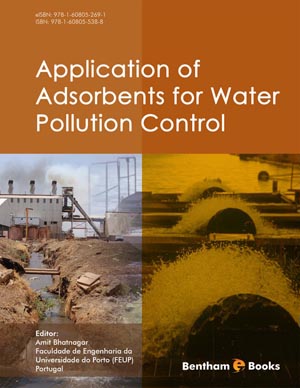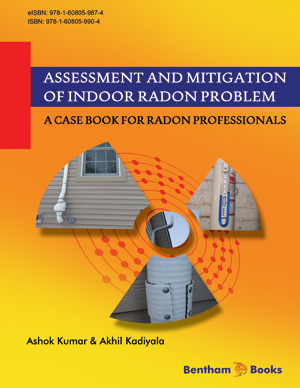Abstract
Water is essential for life and no creature can survive without clean and usable water. Most water is unusable as it contains salts and many other organic and inorganic impurities. Without taking these impurities out, the water available to us cannot be used. Different techniques can be adapted to purify the water and make it usable. The selection of the water purification technique can be made depending upon the water contamination, its loading, and other parameters. Based on the contamination and other parameters, chemical or physical techniques for water purification can be applied. Disinfection, desalination, coagulation, and chemical precipitation are common chemical methods used for water purification. For adsorption, membrane filtration is used to filter the pollutant out physically. Various char-based materials are synthesized and used for water purification using the adsorption route. Highly porous char materials can contain the contaminants into their pores and allow the clean water to pass through. The overflow of the adsorbent with the pollutant can be solved by using magnetic biochar as the contaminants can be taken out of the magnetic charbased adsorbent and reused. Thus, the process becomes more effective and efficient. The chapter talks about these processes and their limitations, and advantages over the others. It also describes different types of materials used for the water purification processes.
Keywords: Adsorption, Chemical precipitation, Coagulation, Emerging water pollutants, Filtration, Membrane filtration, Reverse osmosis, Water purification.












